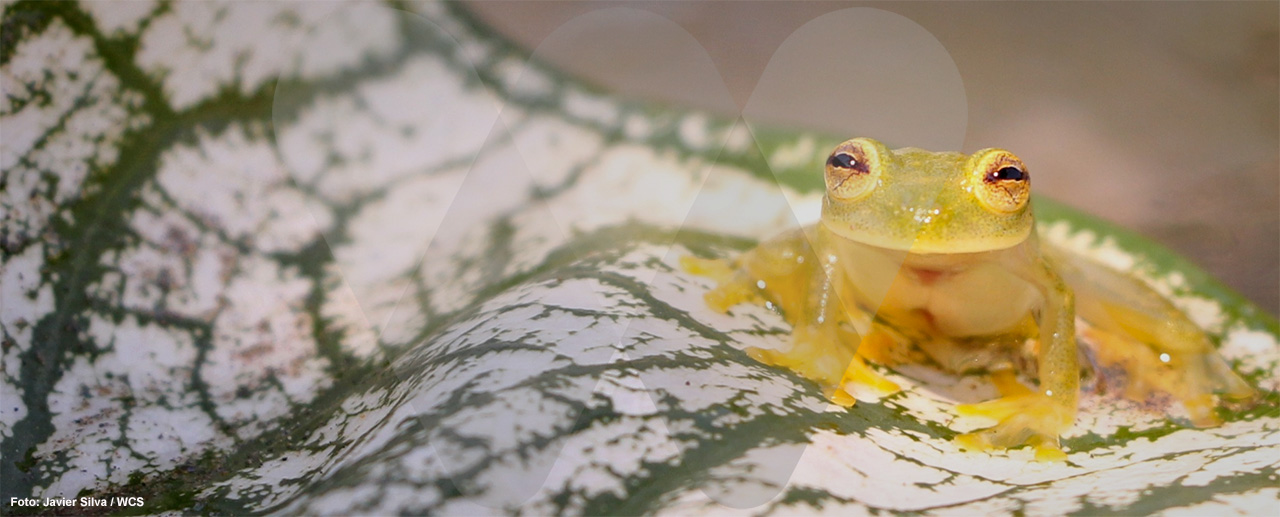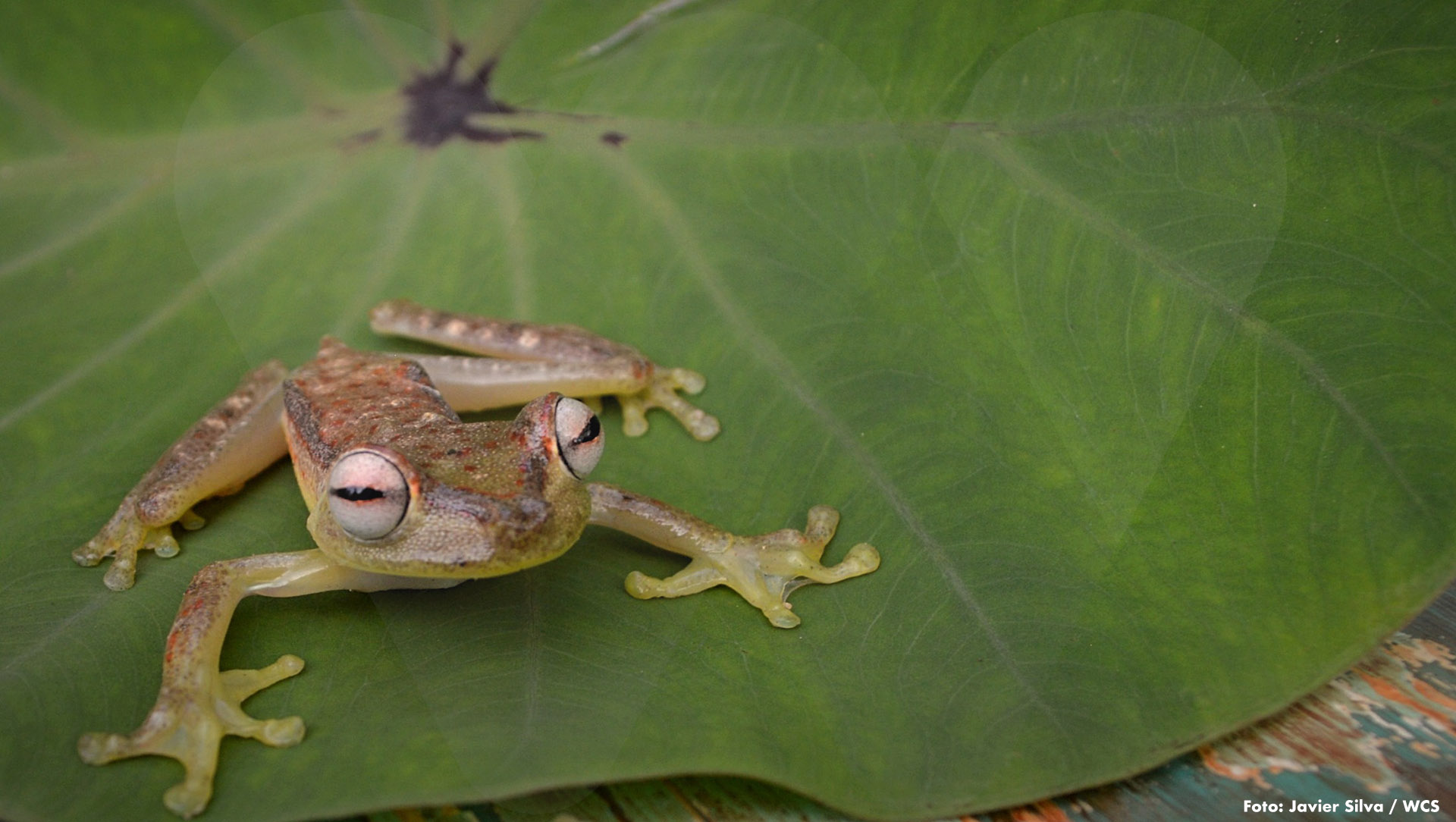Glass and poisonous frogs, as well as boas and coral snakes, still survive in mainland forests

One of the species identified during the ‘Participatory characterization of conservation targets of the Integrated Management Regional District El Encanto de los Manglares del Bajo Baudó’ (Chocó) has been used for mammal hunting purposes, taking advantage of the toxins it secretes.
In Bajo Baudó (Chocó), serpents are generally disdained. For the majority of the inhabitants of this biodiverse region, seeing one of these reptiles, even at a distance, or just knowing that someone detected a serpent while working, not only represents bad luck but some alleged curse or even an omen of an evil event. And going out for a walk is enough to confirm this.
We were hiking through the jungle with several guides. One of them glimpsed, among the vegetation, a small lizard known as coral-mimic galliwasp (Diploglossus monotropis), that poses no threat for humans. It was calmly moving in the underbrush, seemingly without any evil intent. Hours later and still on our trek, the man who saw it could not overcome his restlessness. Somewhere along the way, he decided to go back to the place where he had initially seen the reptile, to look for it, pull out a machete and strike it to death.

Regardless of this episode – that frequently happens as a punishment for some animals, particularly serpents and sometimes also frogs - José Omar Ortiz, biologist of the Universidad del Valle, focused on herpetology, found 23 amphibian species and 19 reptile species during the Participatory characterization of conservation targets of the Integrated Management Regional District El Encanto de los Manglares del Bajo Baudó, led by WCS, Concosta and Codechocó.
“This indicates that the region and the protected area have, in general, an important conservation status, providing each biological group with the needs for its survival”, explains the researcher.

The study conducted by José Omar, with the support of local assistants, covered mainland forests of the Capiro River basin and mangual (freshwater swamp forest) zones in the vicinity of Guineal, locality belonging to the Concosta Community Council.
Among all herpetofauna records, glass frogs and a species called Esmeraldas´ robber frog, as well as poisonous and long snouted frogs, stand out. Also, green tree frogs, salamanders, water snakes, coral snakes, forest racers, petaconas or boas constrictor, lizards, iguanas and spectacled caimans, among others.
One of the most important findings was the species Oophaga solanensis, a poisonous frog with a symbolic value among the indigenous communities living in the higher areas of this region. These ethnic groups use it for hunting purposes, using the toxins it secretes to hunt deer (Mazama americana), pacas (Cuniculus paca), white-lipped peccaries (Tayassu pecari) and collared peccaries (Pecari tajacu).
All the species in this group of animals are threatened by the increasing loss of habitat due to the transformation of the natural coverage to give way to agriculture and logging, growing activities due to the population's economic and nourishment needs.
Therefore, among the recommendations suggested for the permanence of these amphibians and reptiles in time, is to instill in local communities their importance as plague controllers and fundamental component of the food chain. Also, their significance as environmental indicators of the status of terrestrial and aquatic ecosystems.
Hence, concludes José Omar, the pressing need of conservation of the forests´ environmental characteristics with maintenance and restoration activities, regulation of the sustainable use of resources and creation of an efficient system of surveillance and control of preservation areas. Another important element is the promotion of ecotourism, as a productive and sustainable alternative for local communities.